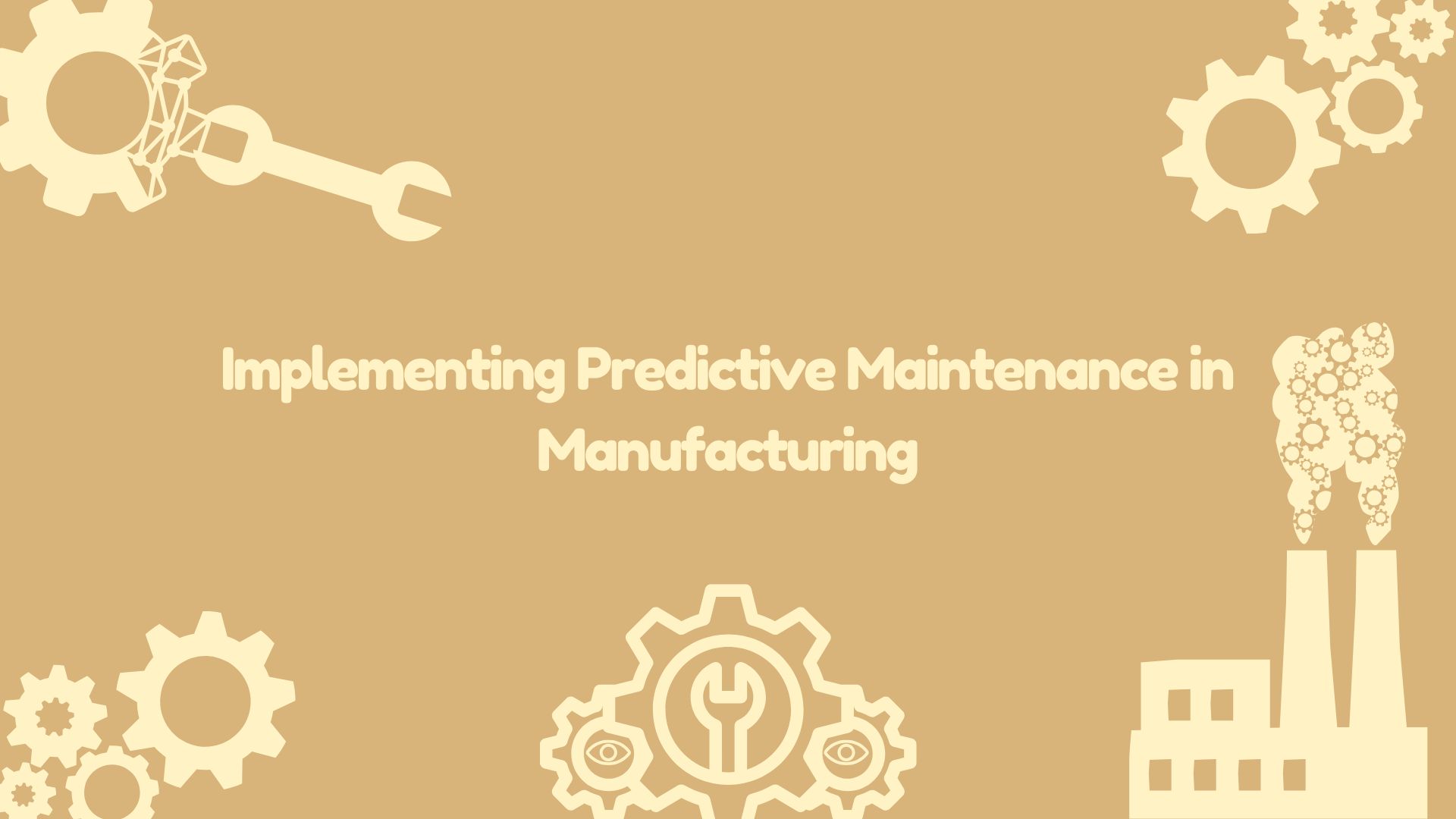Predictive maintenance (PdM) is a proactive approach to equipment maintenance that uses data analytics and IoT technologies to predict and prevent equipment failures. By monitoring equipment health and predicting issues before they occur, manufacturers can reduce downtime, lower maintenance costs, and improve overall operational efficiency.
Benefits of Predictive Maintenance
- Reduced Downtime: Predictive maintenance helps prevent unexpected equipment failures, minimizing production interruptions.
- Cost Savings: By addressing issues before they become serious, PdM reduces repair costs and extends equipment lifespan.
- Increased Safety: Identifying potential failures early improves workplace safety by preventing accidents and hazardous situations.
- Optimized Maintenance Schedules: Maintenance activities are performed only when necessary, reducing unnecessary maintenance work.
- Enhanced Productivity: Reliable equipment performance leads to smoother operations and higher productivity.
Applications of Predictive Maintenance
- Vibration Analysis: Monitoring vibrations to detect early signs of wear or misalignment in machinery.
- Thermal Imaging: Using thermal cameras to identify overheating components that may indicate potential failures.
- Oil Analysis: Analyzing lubricants to detect contamination or wear particles, providing insights into equipment health.
- IoT Sensors: Deploying sensors to continuously monitor equipment conditions and send real-time data for analysis.
- Machine Learning: Utilizing machine learning algorithms to analyze data and predict future equipment failures.
Case Studies
- Rolls-Royce: Rolls-Royce uses predictive maintenance for its aircraft engines, reducing downtime and maintenance costs while ensuring safety.
- Siemens: Siemens implements PdM in its manufacturing plants, enhancing equipment reliability and operational efficiency.
- Caterpillar: Caterpillar’s predictive maintenance solutions for heavy equipment help customers minimize downtime and maximize productivity.









